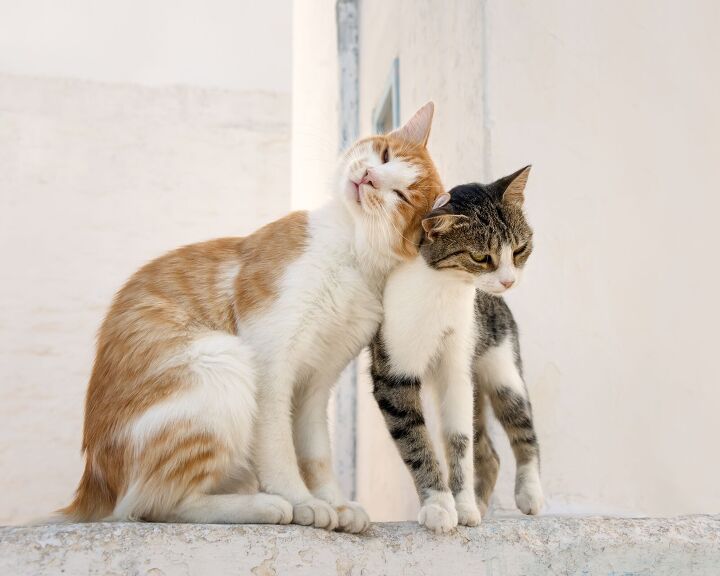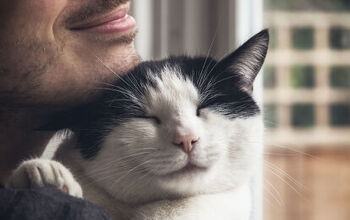Study Finds That Cats Have Hundreds of Facial Expressions

If you’ve lived with cats for any length of time, you know that they express themselves in a variety of ways, and their faces can tell you a lot. Yet, there are some people who think that cats are expressionless, especially when compared to other animals. Well, science has once again come through to prove that cats are social and communicative; you just have to know how to read them.
According to a recent study, cats have nearly 300 facial expressions. Experts looked at the various expressions that cats used to share positive and negative feelings, and counted the number of expressions to get a better idea of how they communicate.
Cats Have More Facial Expressions Than You Might Think
In 2021, researcher Lauren Scott wanted to figure out how cats communicate amongst themselves, whether they live in feral colonies or with other cats in multi-cat households. She decided to go to the CatCafe Lounge in Los Angeles, a popular cat café where people can meet adoptable kitties.
With the help of the café, Scott was able to record cats interacting, and looked at the facial expressions they used to let each other know how they were feeling. After gathering enough footage, she worked with Brittany N. Florkiewicz, an evolutionary psychologist, to analyze the expressions. That’s how they realized cats have 276 facial expressions that they use to communicate with fellow felines.
They also found that the cats used 26 facial movements (dogs have 27), such as blinks, half blinks, changes in ear position, parted lips, nose licks, pulled lip corners, protracted whiskers, retracted whiskers, constricted pupils, dilated pupils, and jaw drops. And every expression was a combination of about four of those movements.
45% of the expressions made by the cats were friendly, while 37% were aggressive and 18% were ambiguous.
Cats Might Have Developed More Expressions Over Time
The researchers think that cats might have added to their expressions, and improved the way they communicate with one another, over time while living with humans. These fascinating findings can help people understand their feline companions better, especially when combined with existing knowledge about cats’ expressions when they aren’t feeling well.
So, the next time you’re watching your kitties interacting, take a closer look at their whiskers, mouth, ears, and eyes to see if you pick up on changes in their expression that would indicate what they’re thinking and feeling.
Join the PetGuide community. Get the latest pet news and product recommendations by subscribing to our newsletter here.

Lisa Selvaggio is a freelance writer and editor, and our resident cats-pert, with certifications in pet nutrition and pet first aid. She enjoys producing content that helps people understand animals better so they can give their pets a safe and happy home.
More by Lisa Selvaggio























